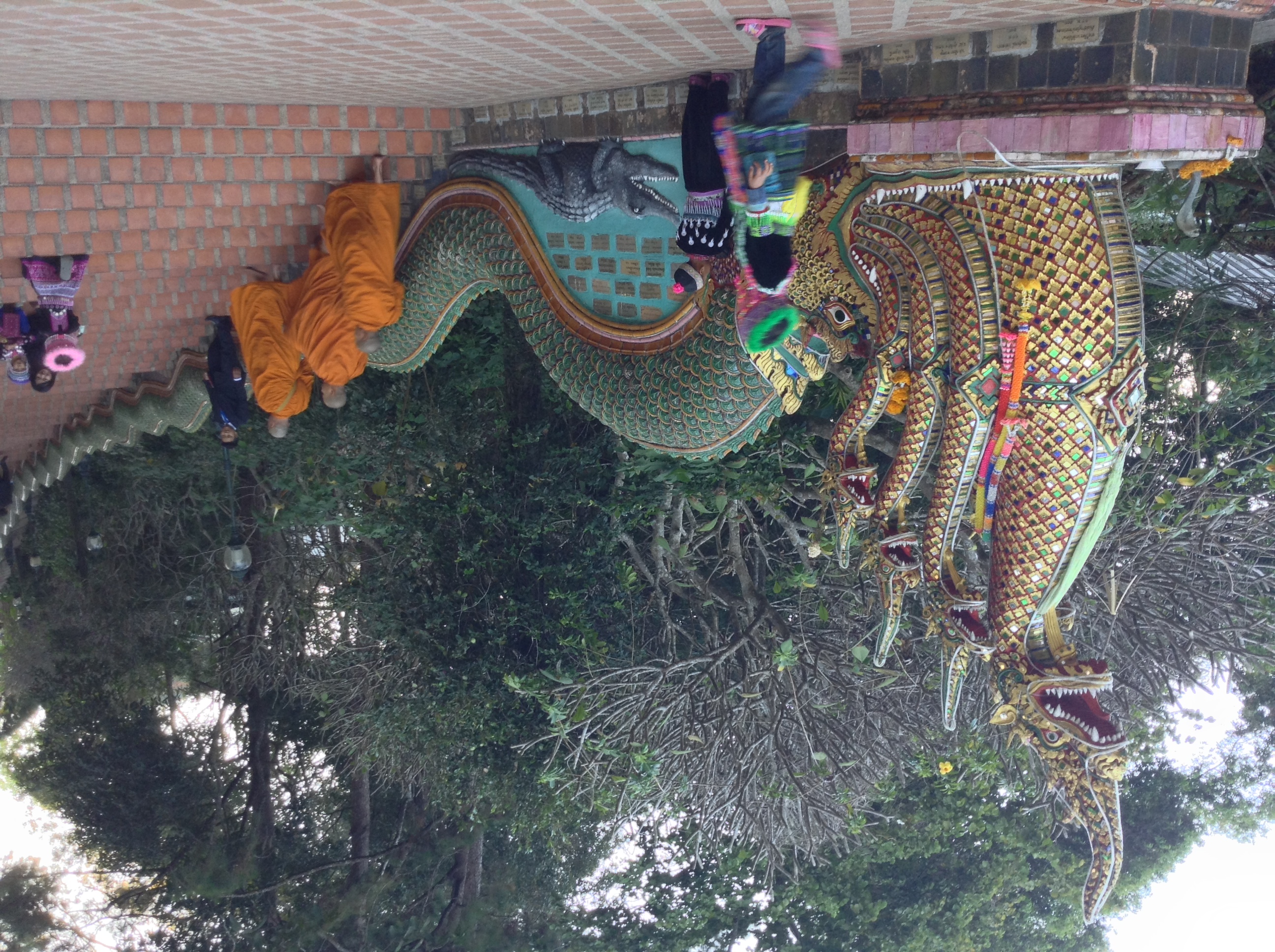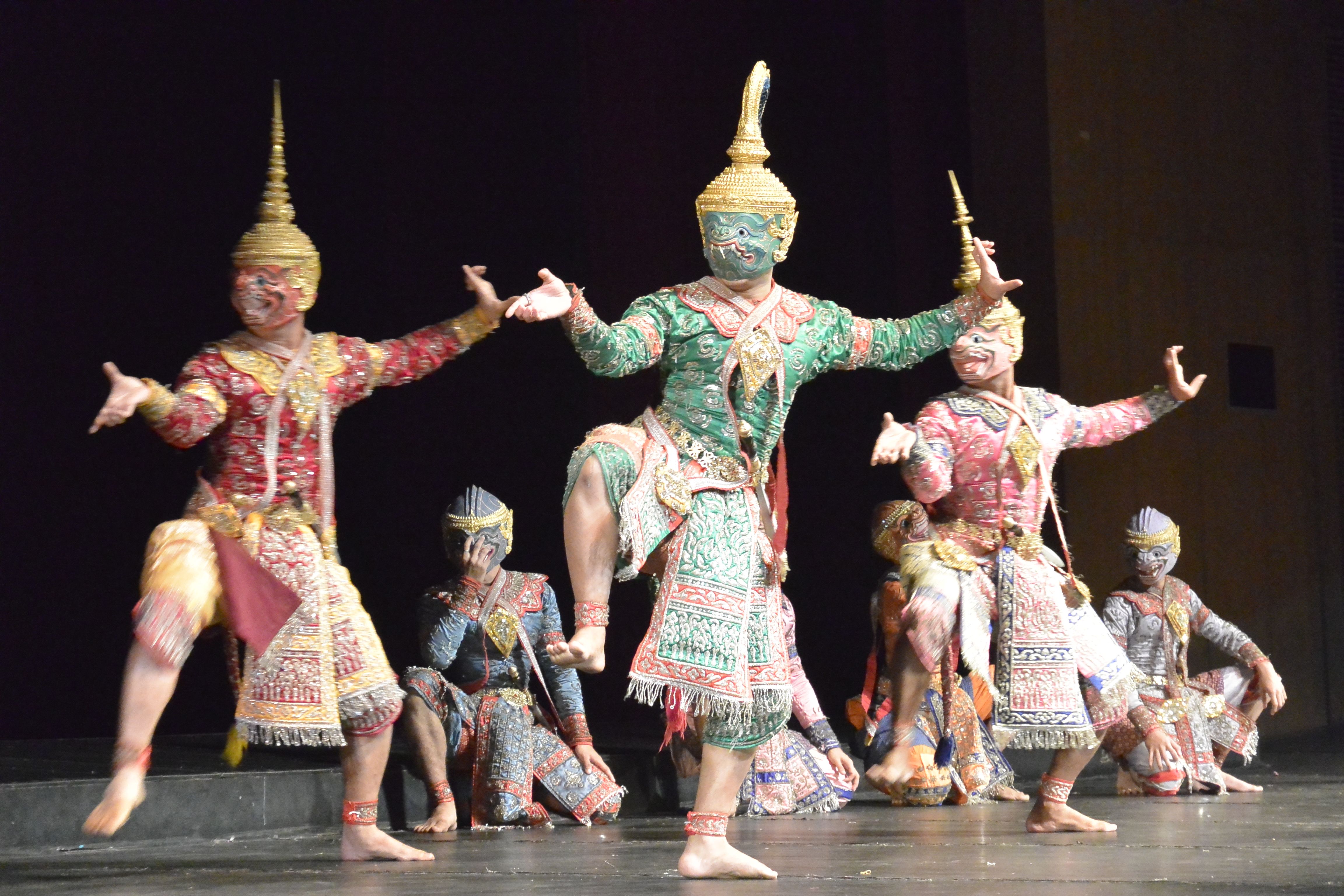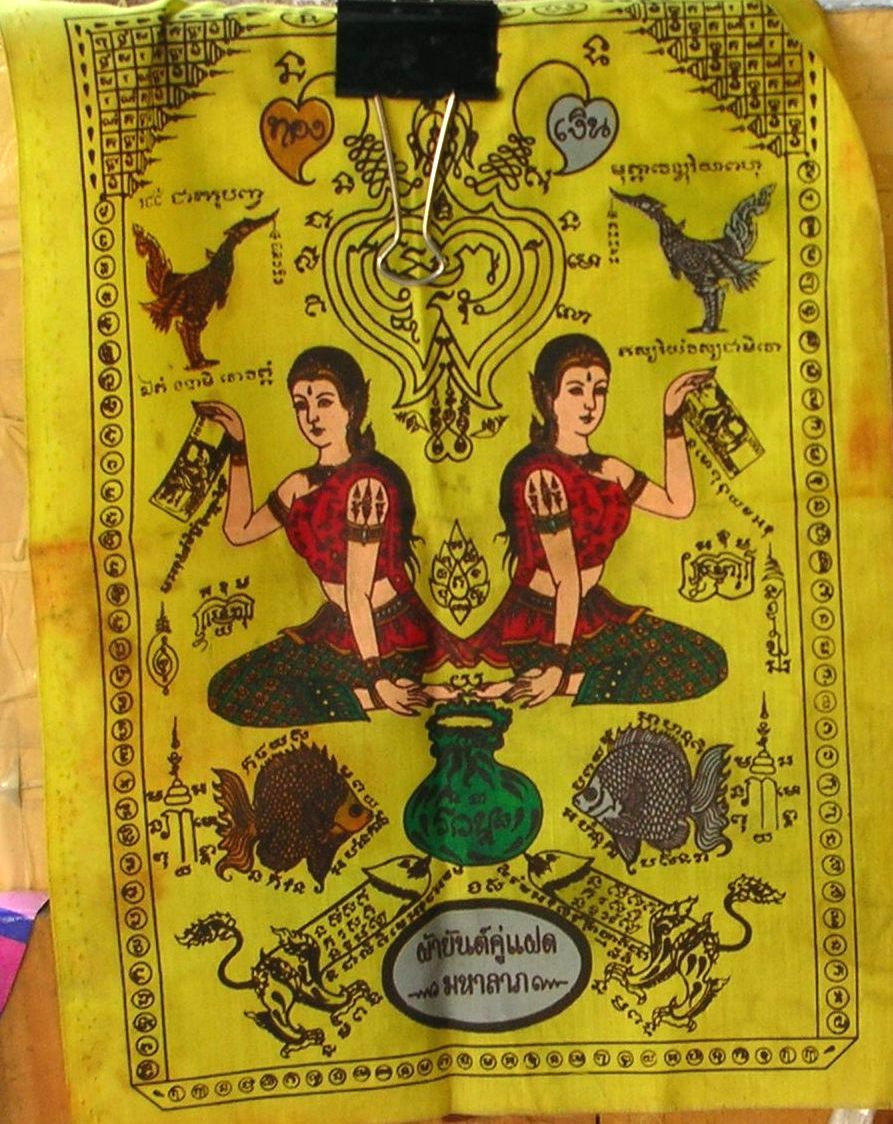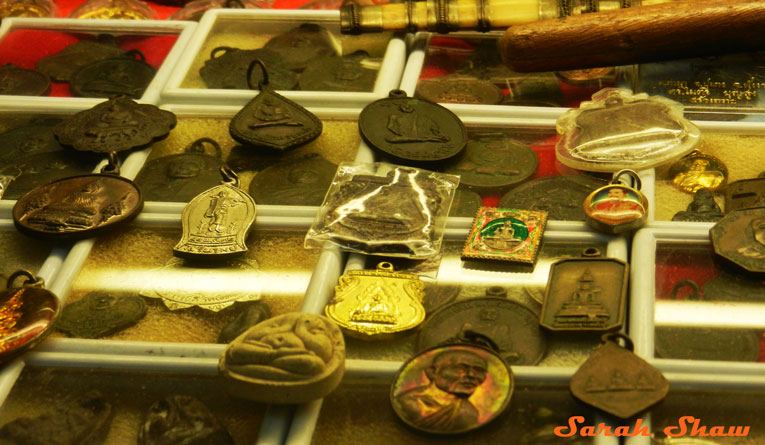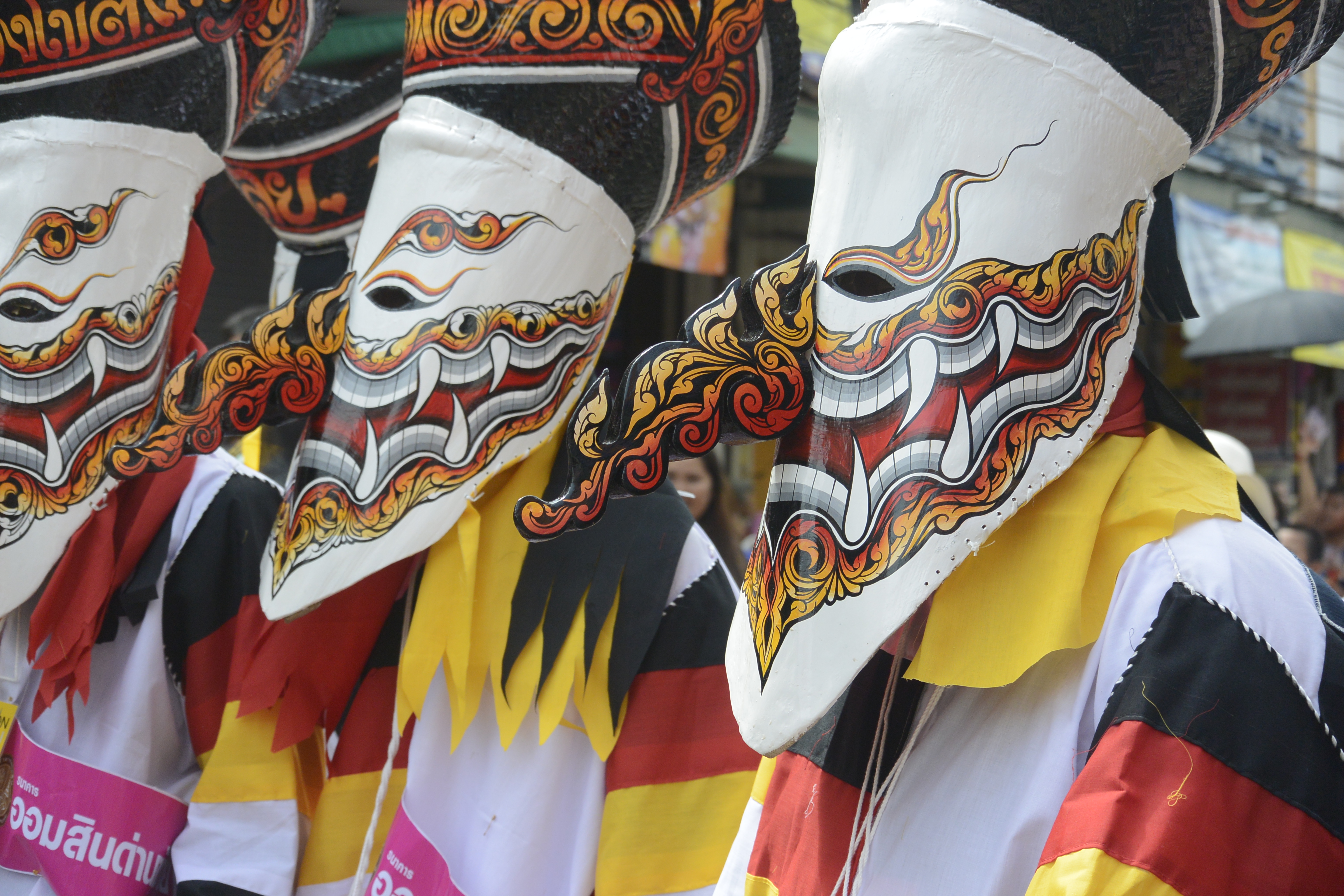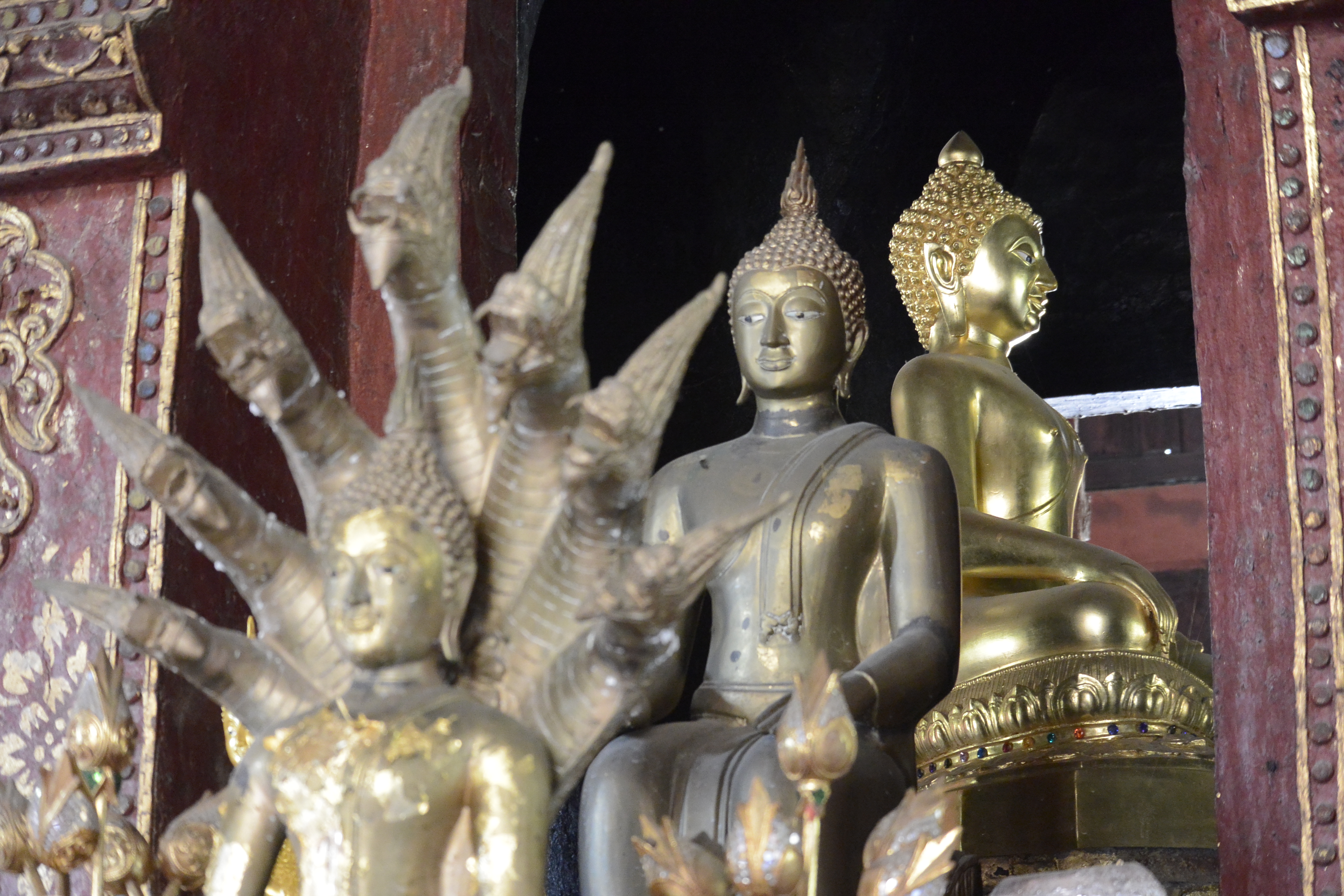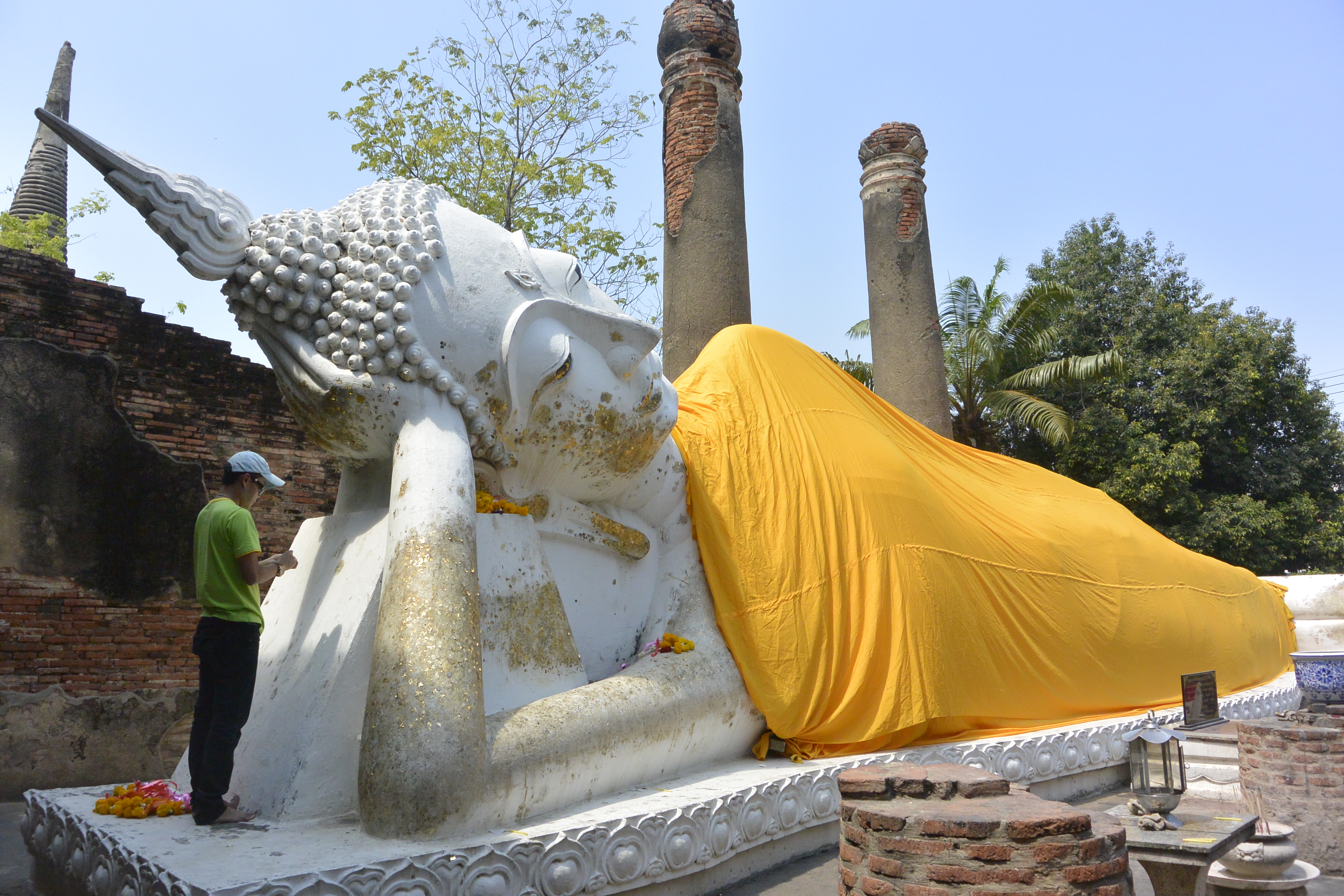This past weekend was the beginning of Vassa, otherwise known as Buddhist Lent, which I wrote about last year. This year, I went to one of the biggest celebrations of this holiday, the Candle Festival in Ubon Ratchathani. These state instituted holidays don’t really fall under the umbrella of “folklore,” per se, but there is some folklore related to the ending of Buddhist Lent, called Ork Phansa, with unexplained fireballs rising out of the Mekong River.
Tag: peace corps
Bpai Tiao Video: Vassa and the Candle Festival 2014
In Thailand, a bpai tiao is a trip of any length. I’ve written about some of my more significant bpai tiaos to tourist destinations here, to be used as travel ideas and tips.
Every year just before the rainy season, Thailand marks the beginning of Vassa, also known as Buddhist Lent. In Ubon Ratchathani, they host what is known as the Candle Festival every year to mark Vassa. Enormous, carved wax candles are made and drawn as floats in a parade through town. Check it out!
Folklore of Thailand: the Epic Poem, the Ramakien
I mentioned in my last post that the nang kwak and Suvannamaccha good luck tapestries hung up in shops in Thailand have roots in the Ramakien. The Ramakien, “the Glory of Rama,” is the National Epic of Thailand, and folklore of Thailand in the truest sense of the word folklore. But is it truly Thai and what story does it tell?
Folklore of Thailand: Good Luck Tapestries
In my last post about amulets and charms in Thailand, I ended with a short bit on the waan nang kwak, or a figure of a beckoning woman that is displayed in shops in Thailand as a way of encouraging business. That is a good segue into other things that are displayed in shops that are meant to bring the shop good luck and lots of business: nang kwak as well as crocodile and Suvannamaccha, a Hindu mermaid, pha yant or tapestry. The figures represented on the pha yant are rooted in myths and stories as well as the more mystic beliefs of local spirits.
One Second Everyday: June 2014
Earlier this year I started using this really neat app called One Second Everyday. Basically, it allows you to pick a second of a video or picture of everyday and then you can export them into a longer video. I thought this was super cool and so I’ve been trying to do this throughout the year, similar to my sentence a day for last year. Here’s a video summary of June!
Folklore of Thailand: Amulets and Charms
A must-see list for any trip to Thailand inevitably includes a number of the gorgeous wats, or temples, that fill the country. From Bangkok’s Wat Phra Keaw to Chiang Mai’s Wat Chedi Luang, from Chiang Rai’s Wat Rong Khun to Petchabun’s Wat Paa Son Gaeow, from Si Saket’s Wat Lan Khuat to Bueng Kan’s Wat Phu Tok, wats are quite literally the center of village life in Thailand. Any trip to most any temple will show how folk beliefs and Buddhism have melded into the current practice of wearing and displaying khong khlang (ของลัง), or amulets and charms, which can be purchased at or near the temples. But what do these amulets and charms supposedly do and how do they get their powers?
Folklore of Thailand: Phi Ta Khon Festival
I’ve touched before on animistic beliefs and ghosts in Thailand, but this is a part of Thailand I find to be the most fascinating and interesting. Which is why I made it a priority to go to the Phi Ta Khon festival in Dan Sai, Loei this past weekend.
Bpai Tiao Video: Phi Ta Khon (Ghost Festival) 2014
In Thailand, a bpai tiao is a trip of any length. I’ve written about some of my more significant bpai tiaos to tourist destinations here, to be used as travel ideas and tips.
Earlier this year, I decided that there were a bunch of festivals all over Thailand that I had to go to. The one that I was most excited about going to was the Phi Ta Khon Festival in Loei, which I just got back from. Phi Ta Khon, or the Ghost Festival is so colorful and fun. Check out the video for yourself!
The Modern Expression of Buddhism in Thailand
Thailand, like much of Southeast Asia, is a predominately Buddhist country. Buddhism came and strengthened throughout the centuries, competing and merging with both animism and Hinduism. As a result, the Buddhism that is practiced today is a combination of a variety of beliefs and practices.
A Short History of Buddhism in Thailand
Thailand reports that about 96% of its population is Buddhist. But what does that mean? How did Buddhism come to Thailand and how have I experienced that history? What shape does Buddhism take in current daily life situations? How many days off a year do I get because of Buddhist holidays? Well, like Julie Andrews sang in “The Sound of Music,” let’s start at the very beginning, it’s a very good place to start.

